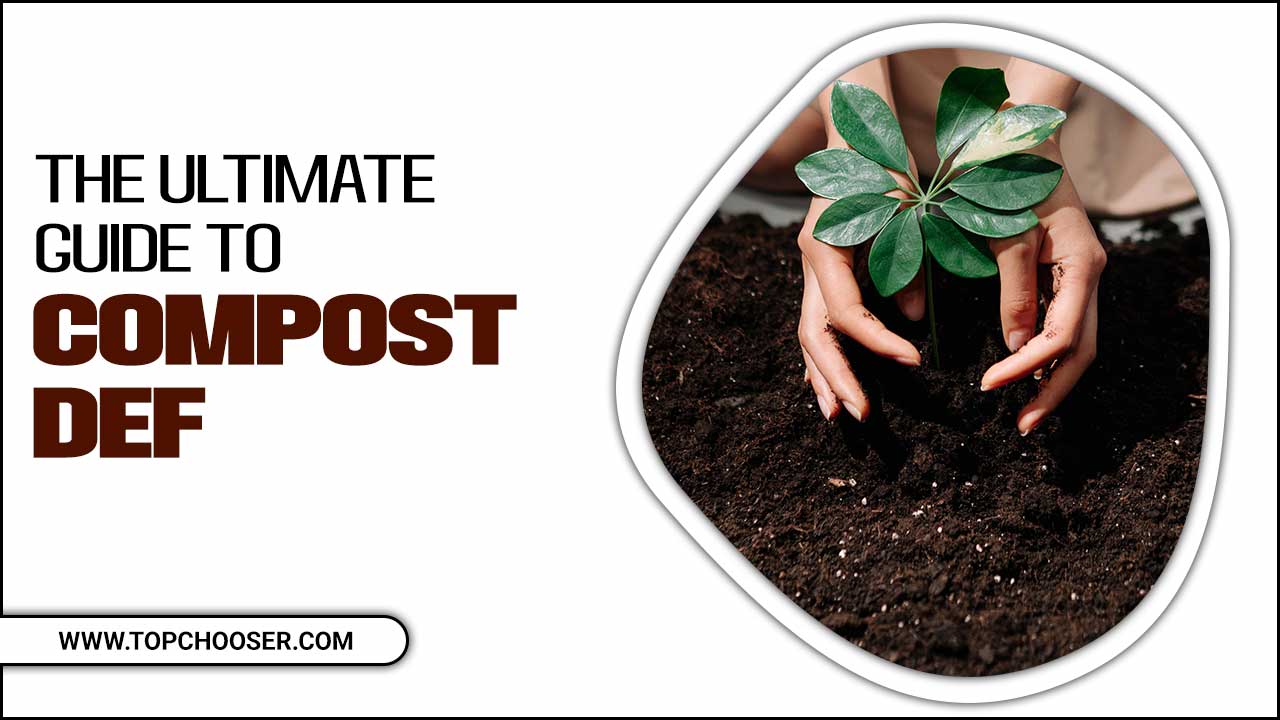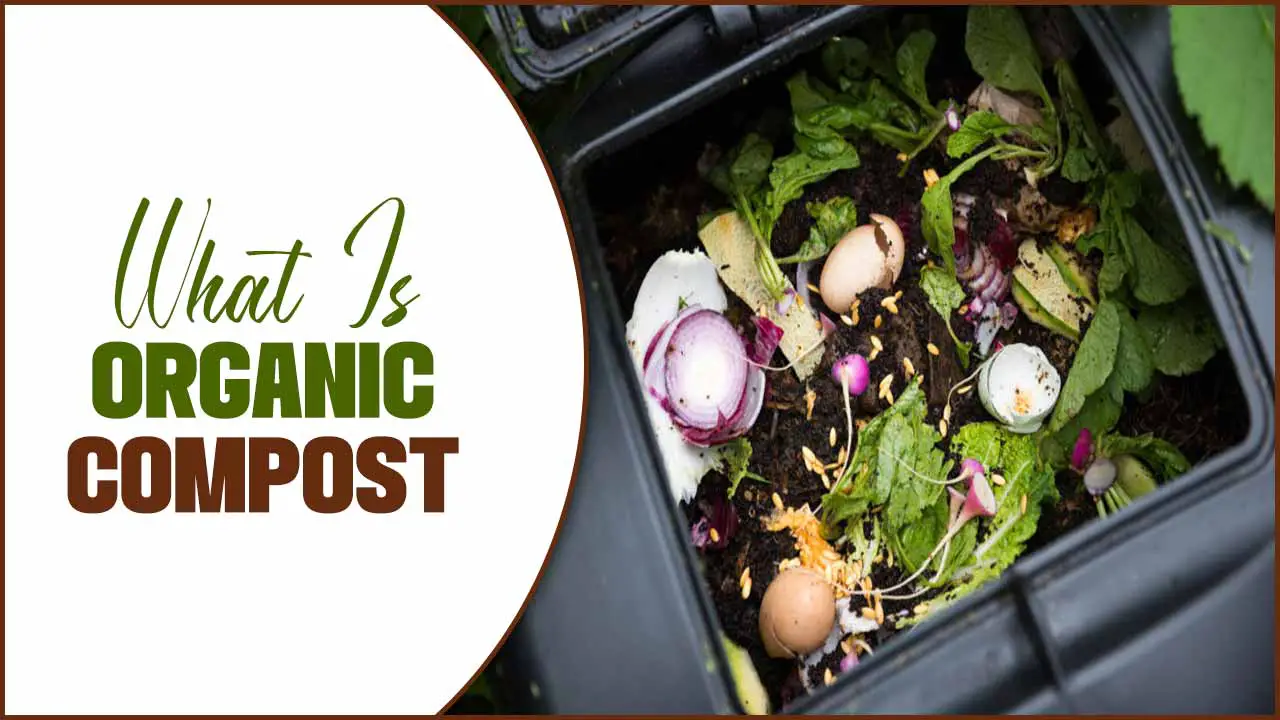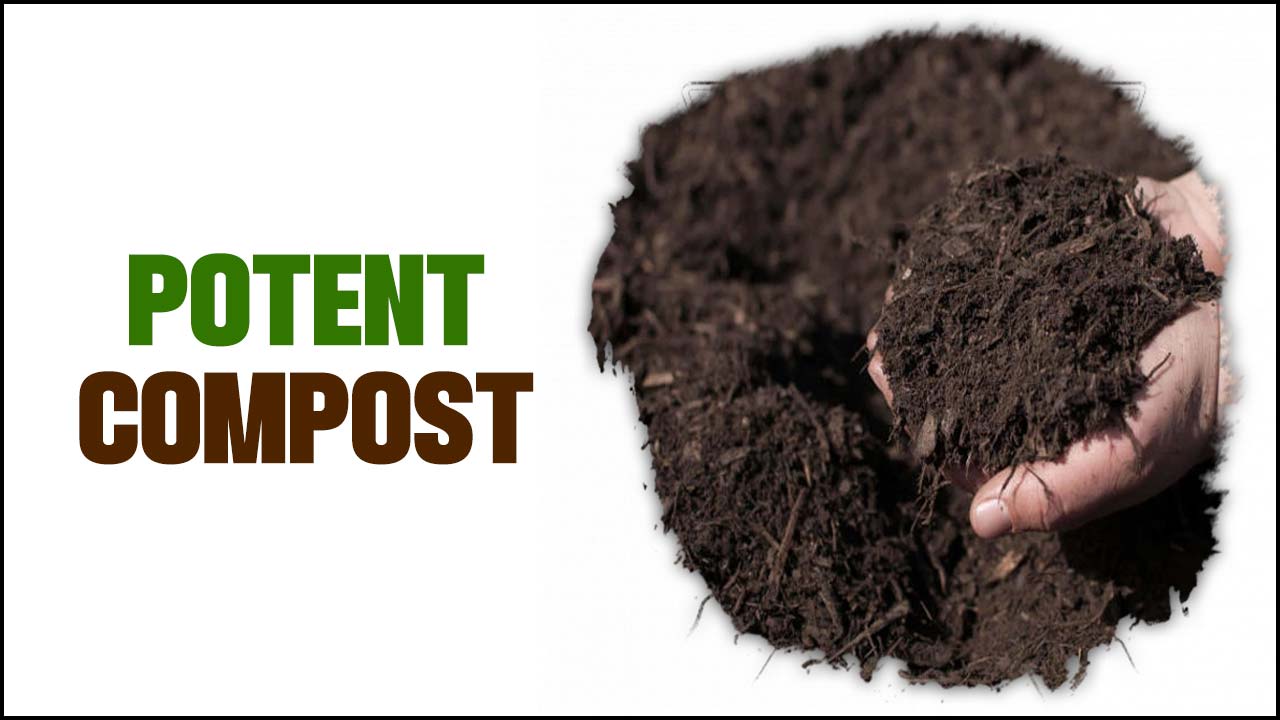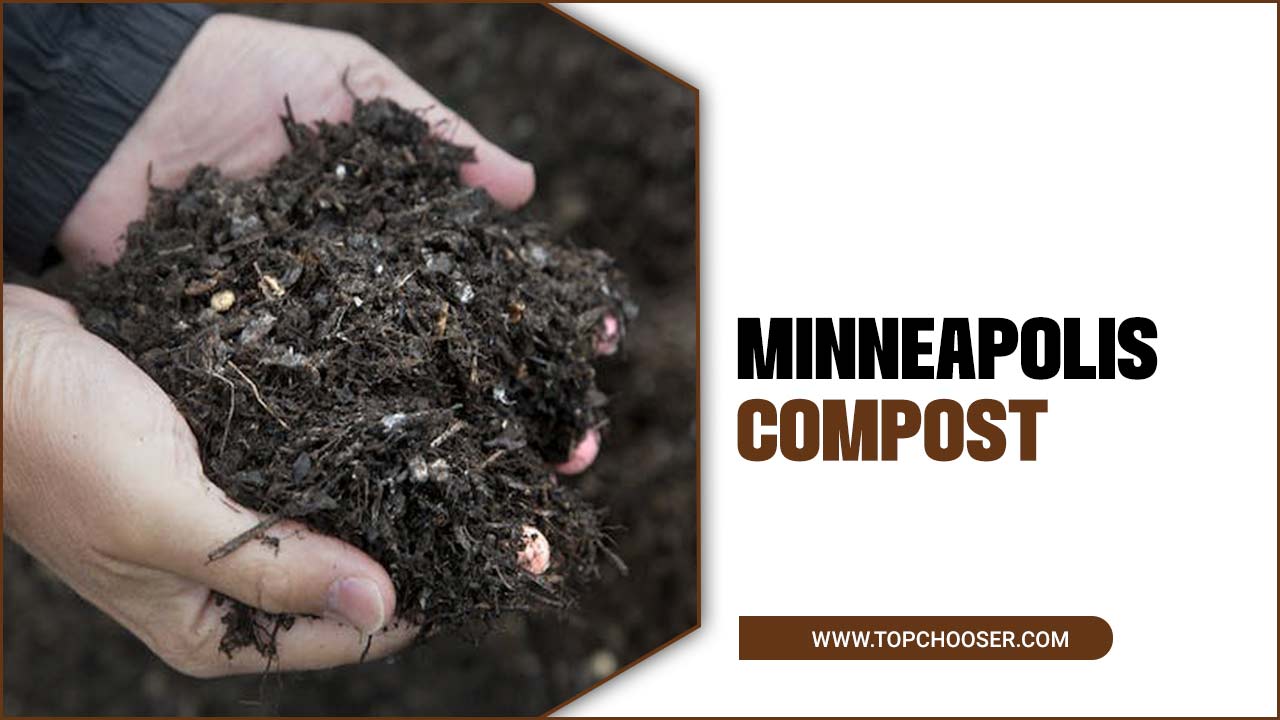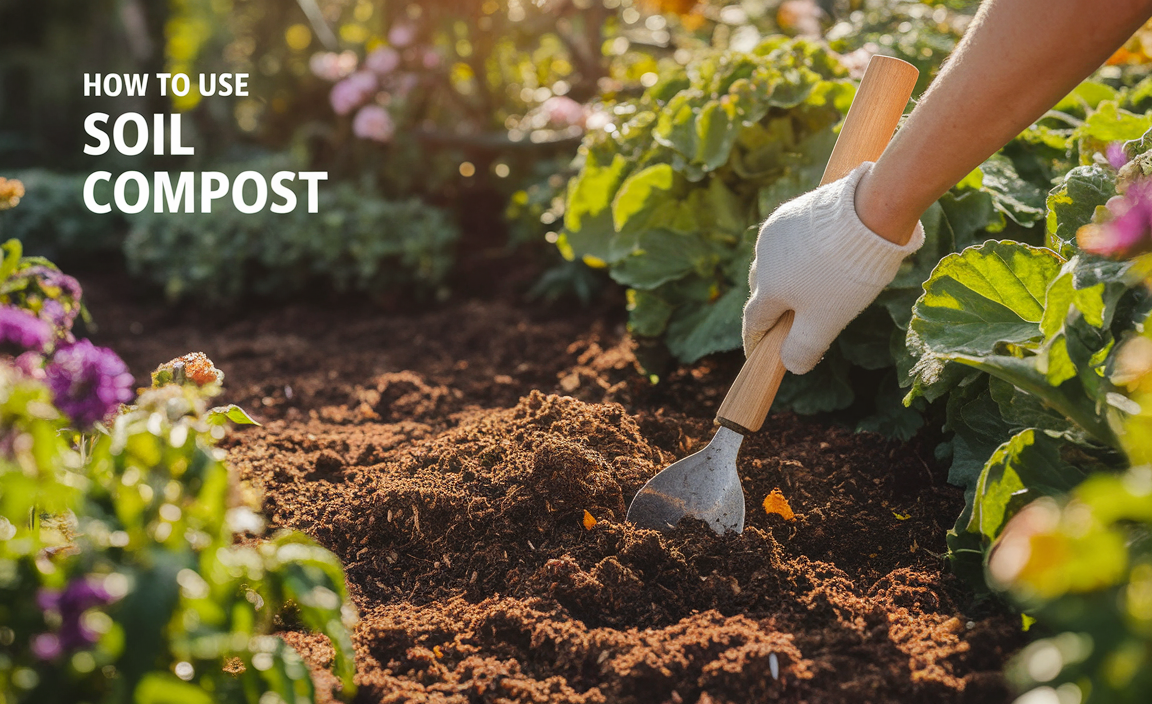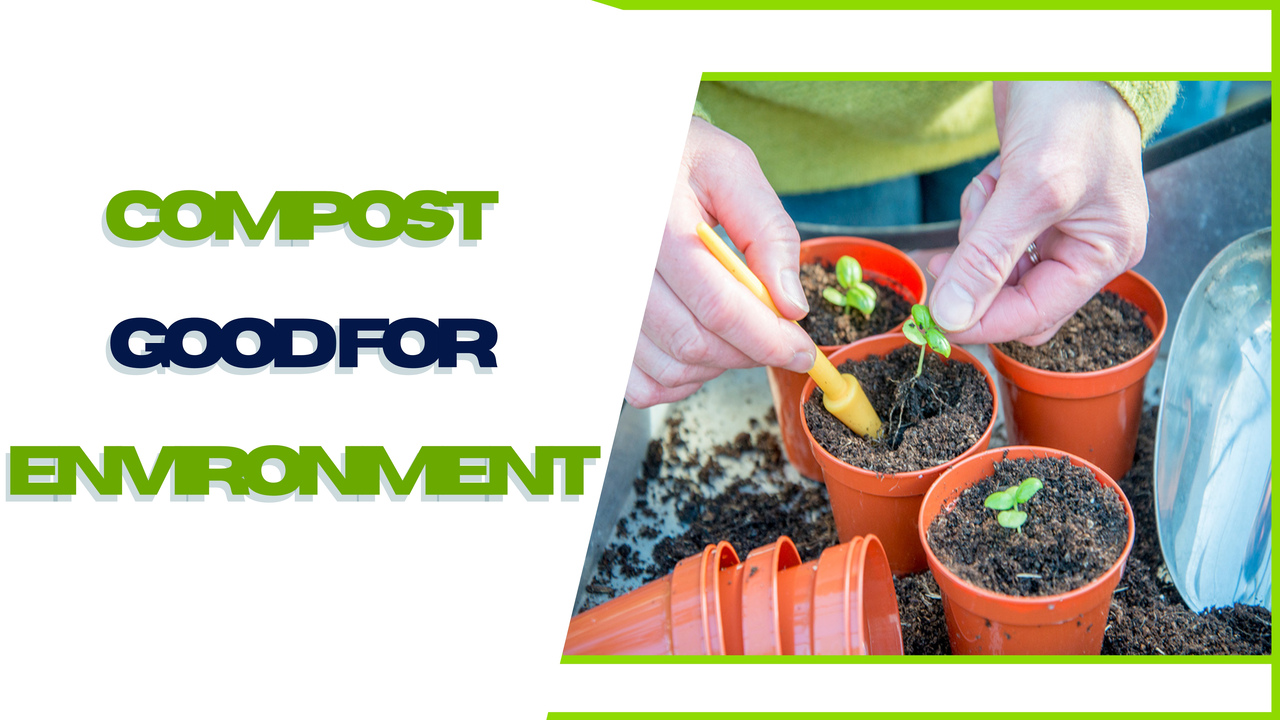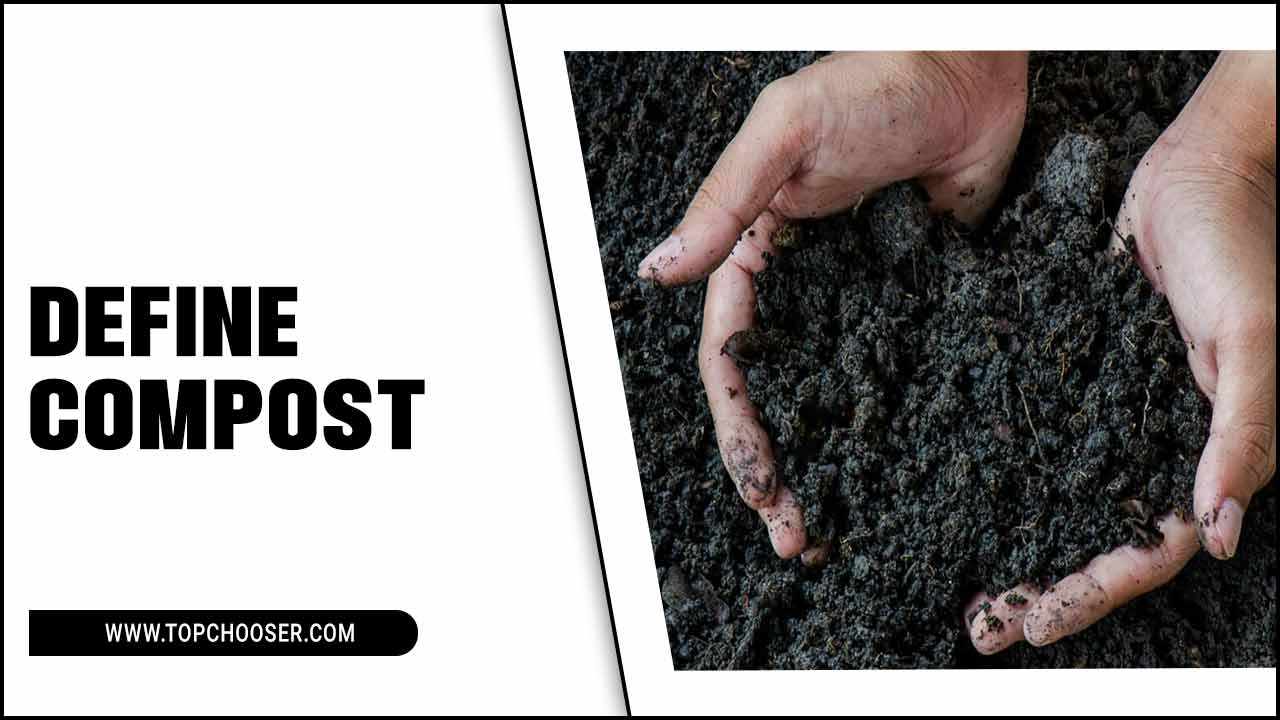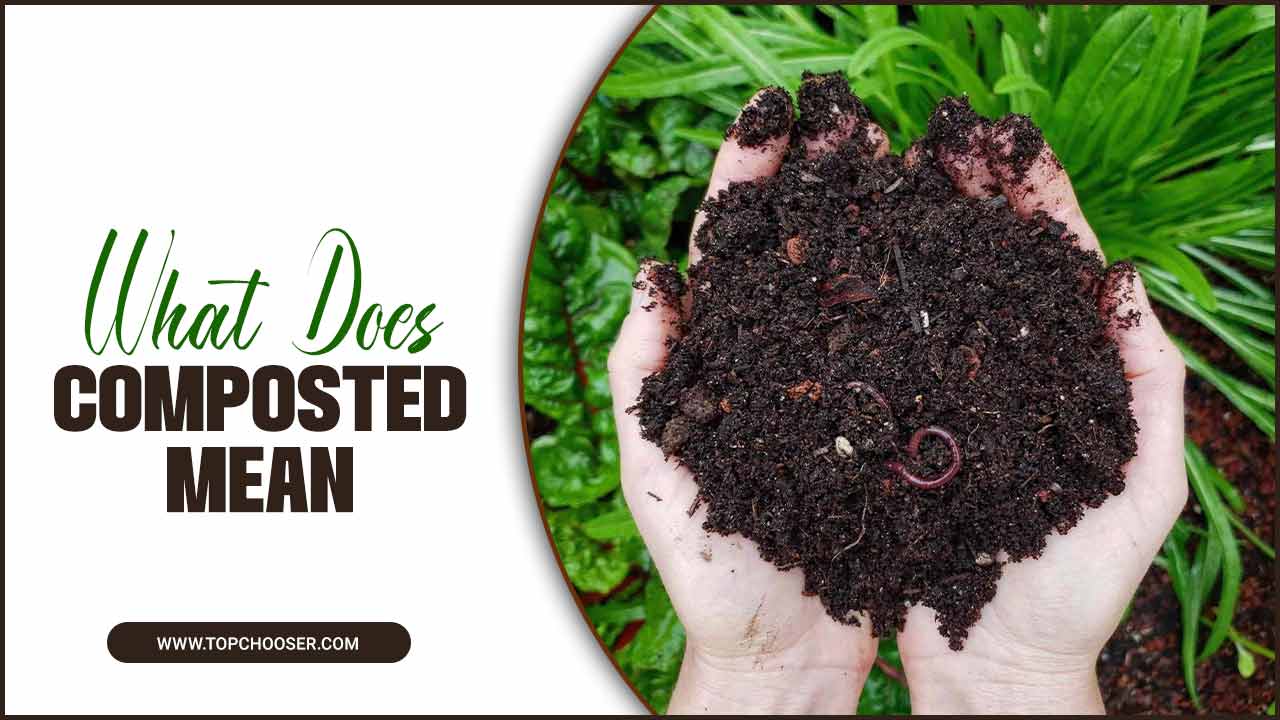As we become more aware of the impact of human activity on the environment, many of us are looking for ways to reduce our carbon footprint and live more sustainably. One way to do this is by composting household waste, which reduces the amount of garbage in landfills and provides nutrient-rich soil for plants.
Composting is a natural process in which organic matter, such as food scraps, leaves, and yard trimmings breaks down into a dark, crumbly substance that can use to enrich the soil. This process not only reduces waste but also helps to reduce greenhouse gas emissions by keeping the organic matter out of landfills, where it would produce methane, a potent greenhouse gas.
This post will explore the benefits of composting and provide step-by-step instructions on how to start composting at home. We will cover the basics of composting for plants, including what materials can and cannot compost, how to set up a compost bin, and how to maintain your.

How To Start Composting For Plants – Step By Step Guideline
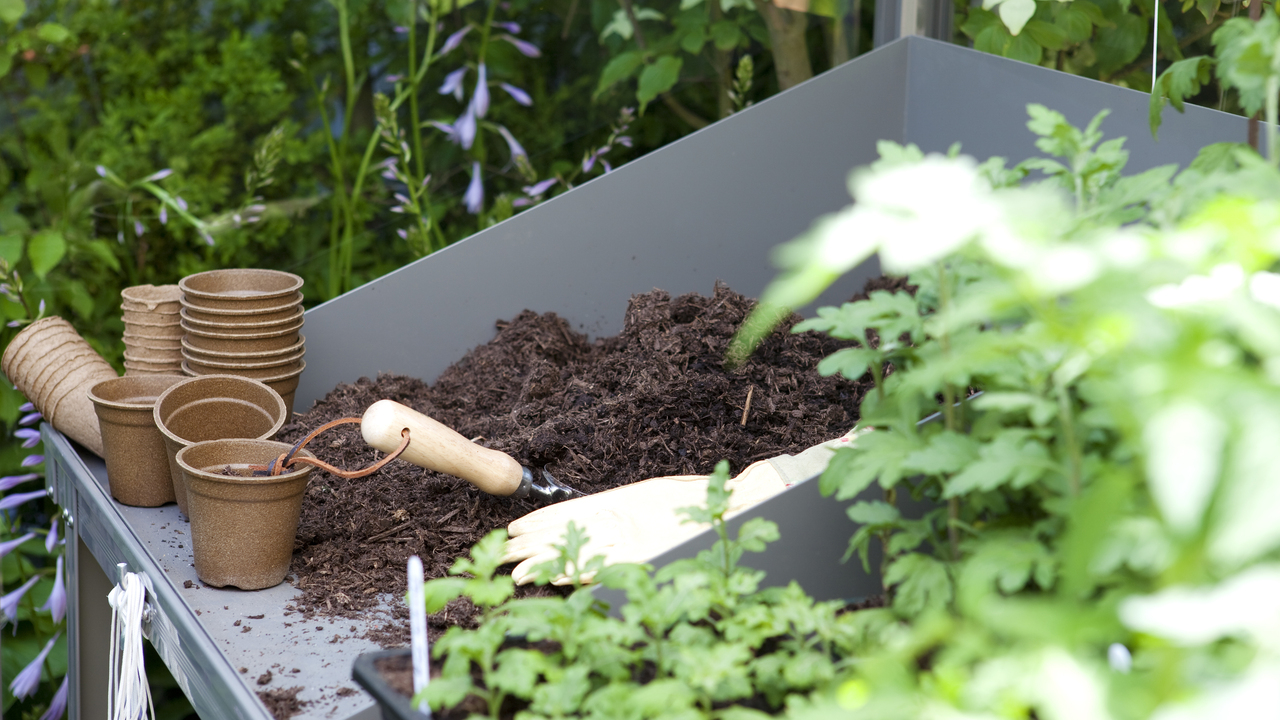
Composting is an essential aspect of gardening that aids in the growth and development of plants. It breaks down organic matter, such as kitchen scraps. And yard waste into a nutrient-rich soil amendment that can enhance plant growth.
If you are wondering how to compost for plants, it’s quite simple. First, you must select a compost bin or area in your yard where you will be composting. Then, gather all the organic materials you want to compost. These could include vegetable peelings, fruit scraps, grass clippings, leaves, and other plant-based materials. Avoid adding meat, dairy, or oily foods, as they can attract pests and slow composting.
Next, mix the materials and add water to ensure the compost pile is moist. Turning the pile frequently will speed up the process of decomposition. It’s important to maintain a balance of green and brown materials in the compost pile to ensure proper decomposition
Composting is a natural process that involves the decomposition of organic materials to create nutrient-rich compost, which can use to enrich the soil and support plant growth. Here’s a step-by-step guide on how to composting for plants:
1. Select A Composting Method
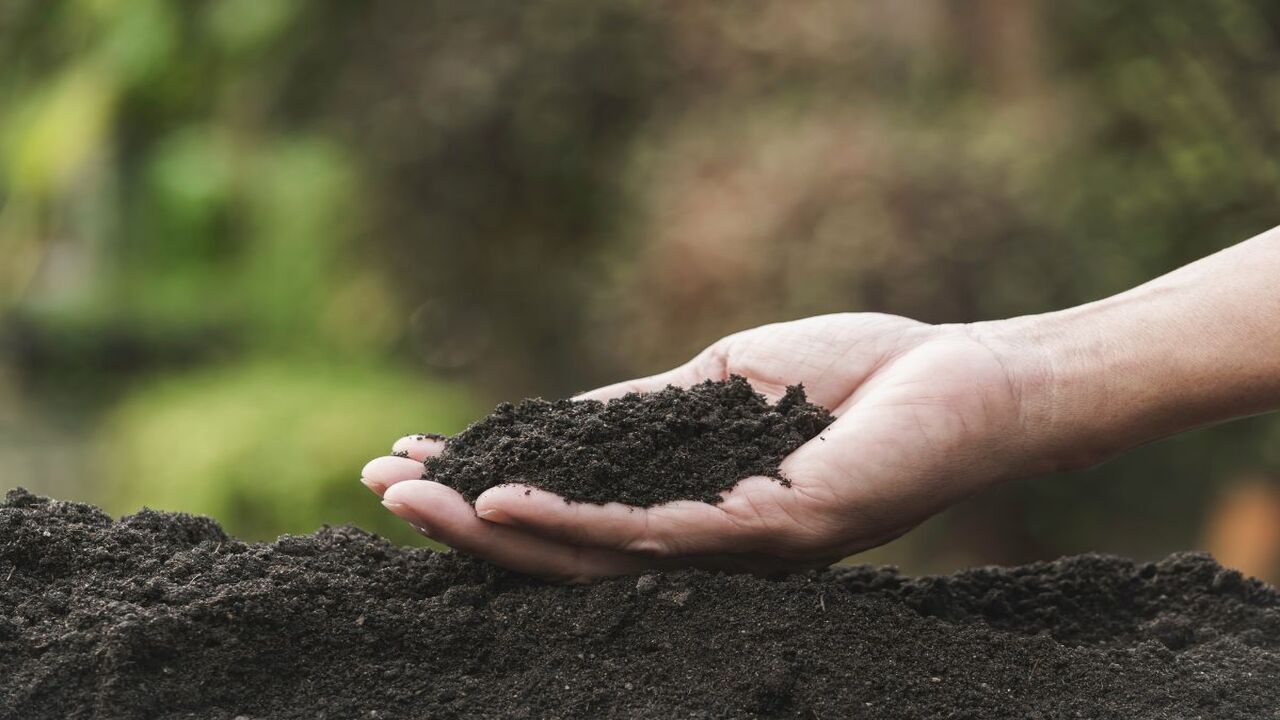
When choosing a composting method, there are several options to consider. One popular method is traditional backyard composting, which involves layering green and brown organic materials such as leaves, grass clippings and food scraps to create a nutrient-rich soil amendment.
Another method is vermicomposting, which uses worms to break down organic matter and produce high-quality compost that can use in gardens and indoor plants. Bokashi composting is another option, which involves fermenting organic matter using a special microbe mix that can break down even meat and dairy products.
This method is especially useful for living in apartments with limited outdoor space. Finally, hot composting involves creating a large pile of organic matter that heats up through natural processes and breaks down quickly.
2. Choose A Composting Container
When composting, a crucial element is choosing the right container. Various options are available, from simple DIY bins made from repurposed materials to more advanced models with intricate ventilation systems. The key is to select a container that fits your needs and lifestyle.
A small indoor bin may be the perfect solution for individuals with limited space. These can be easily stored under the sink or in a closet and are ideal for composting smaller amounts of food waste.
On the other hand, those with larger gardens or yards may prefer an outdoor composting container. These can range from simple wire bins to more elaborate designs that feature multiple compartments for different stages of decomposition.
3. Collect Composting Materials
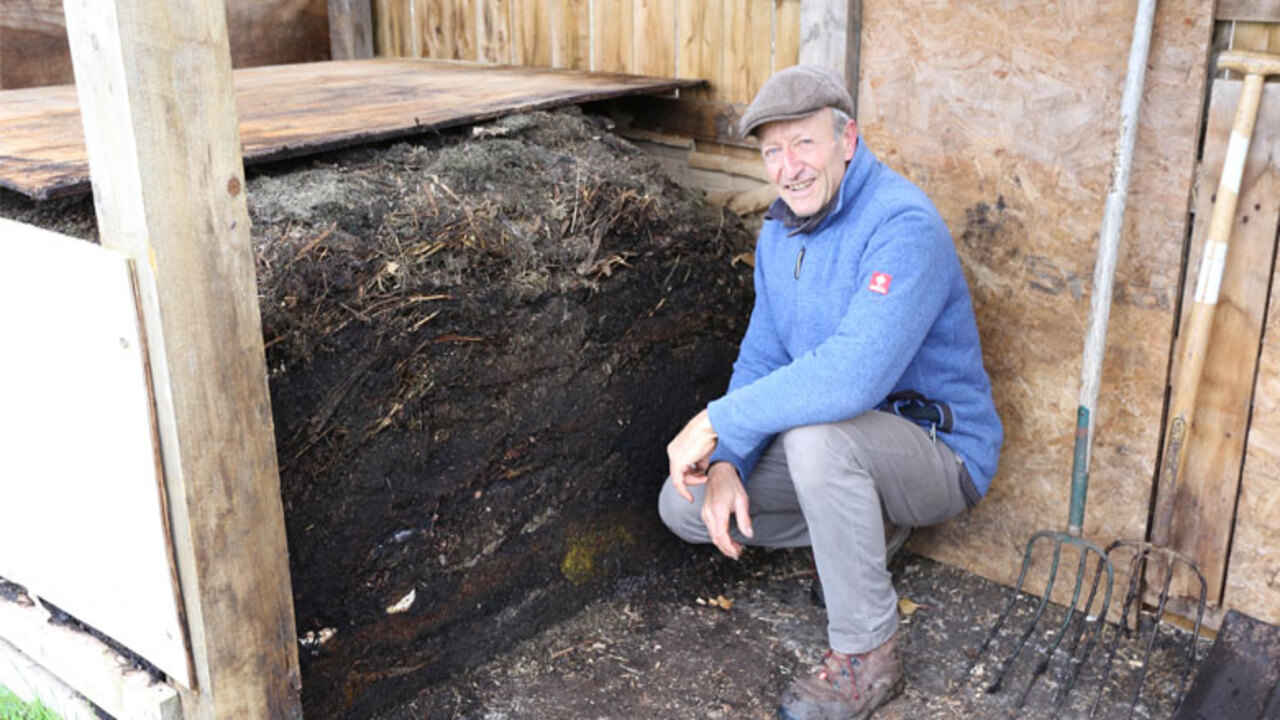
Composting for plants is an excellent way to enrich the soil and provide essential nutrients for healthy growth. Collecting composting materials is a crucial first step in the process. The best materials to use for composting are organic matter, such as vegetable scraps, grass clippings, leaves, and other yard waste.
It’s important to avoid adding meat, dairy, and fatty foods, as they can attract unwanted pests and slow down the composting process. It’s also essential to balance green and brown materials.
Green materials, like fresh grass clippings, provide nitrogen, while brown materials, such as dry leaves, provide carbon. Once you have collected your composting materials, you can begin the composting process. The materials should be layered in an outdoor bin or pile and watered to stay moist.
4. Prepare The Compost Pile Or Bin
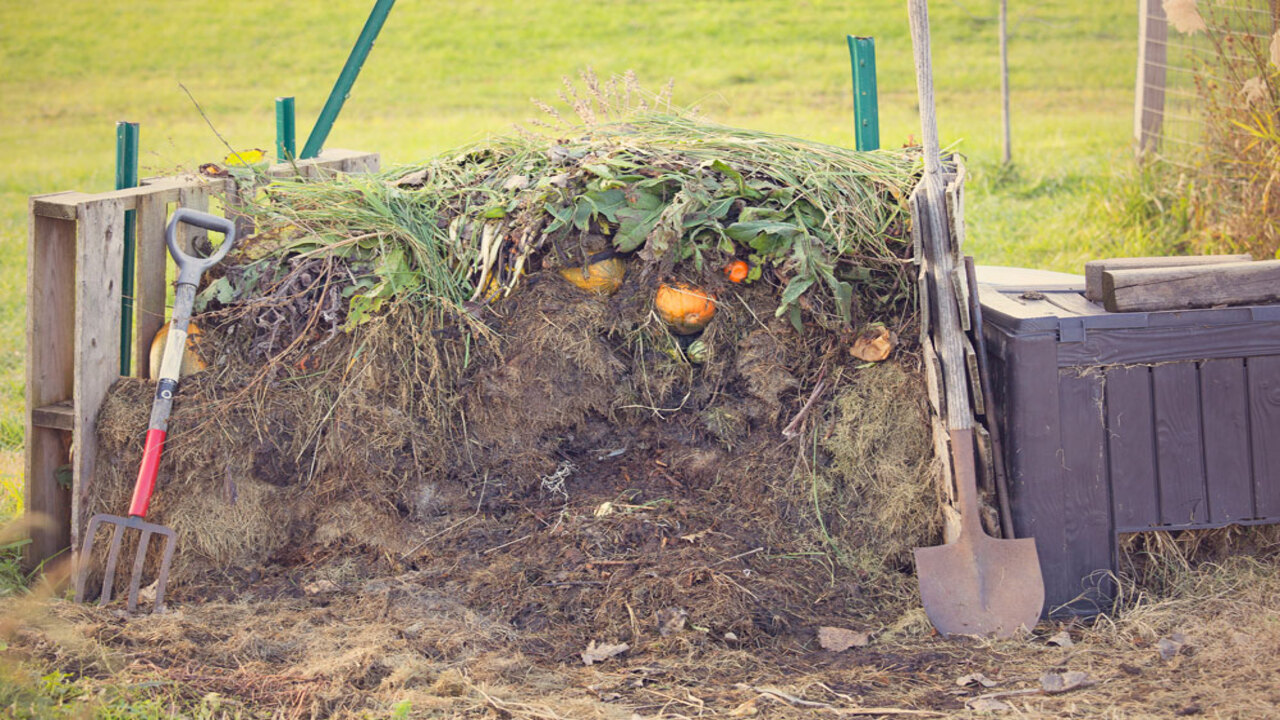
Composting for plants is an excellent way to improve soil fertility and promote healthy growth. To get started, it’s essential to correctly prepare the compost pile or bin. Begin by selecting a location that is convenient and easily accessible, ideally in a shaded area, to prevent the compost from drying out too quickly.
Next, gather organic materials such as yard waste, vegetable scraps, and coffee grounds to create the compost. It’s important to balance the carbon-rich and nitrogen-rich materials ratio to ensure the compost breaks down effectively.
A good rule of thumb is to use three parts brown materials, such as dried leaves or straw, to one part green materials, such as grass clippings or food waste. Layer these materials in the compost bin, adding water regularly to keep the compost moist.
5. Maintain The Compost Pile
Composting for plants is an eco-friendly way of enriching the soil and ensuring that plants grow healthy and strong. The process of composting involves breaking down organic matter to produce a nutrient-rich soil amendment that is beneficial to plants.
Balancing the carbon and nitrogen content is essential to maintain the compost pile. The carbon-rich materials, such as dried leaves and twigs, provide energy to the microorganisms that break down the organic matter, while the nitrogen-rich materials, such as food scraps and grass clippings, provide the necessary nutrients.
It is also essential to keep the compost pile moist, as this helps to promote decomposition. Turning the compost pile regularly helps to aerate it and ensure that the organic matter breaks down evenly.
6. Monitor The Compost
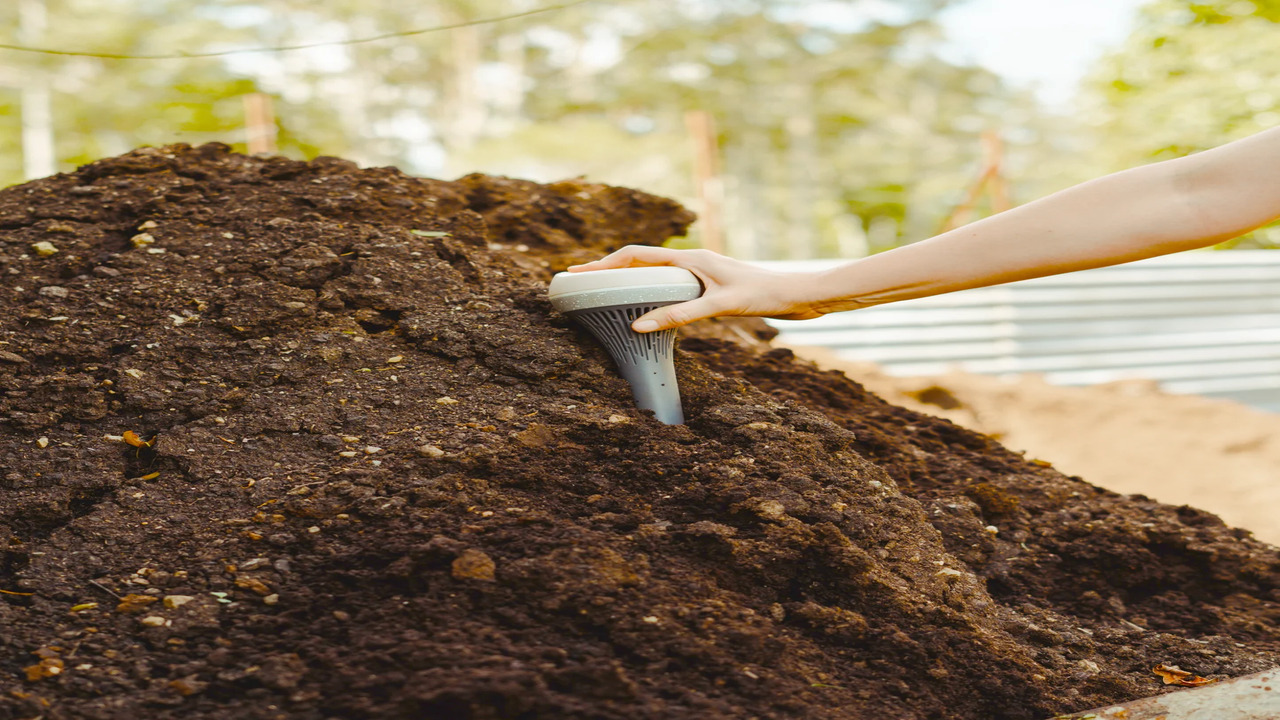
Composting for plants is an excellent way to provide them with essential nutrients for healthy growth and reduce waste. Composting is a natural process that breaks down organic matter into nutrient-rich soil.
By composting, you can create a sustainable source of fertilizer for your plants, reducing your reliance on chemical fertilizers that can be harmful to the environment. However, it is crucial to monitor the compost to ensure it is balanced and healthy for your plants.
This involves regularly checking the compost’s temperature, moisture, and pH levels to ensure it breaks down correctly. You can also add specific materials to the compost to improve its quality, such as coffee grounds, eggshells, and vegetable waste.
7. Harvest The Compost
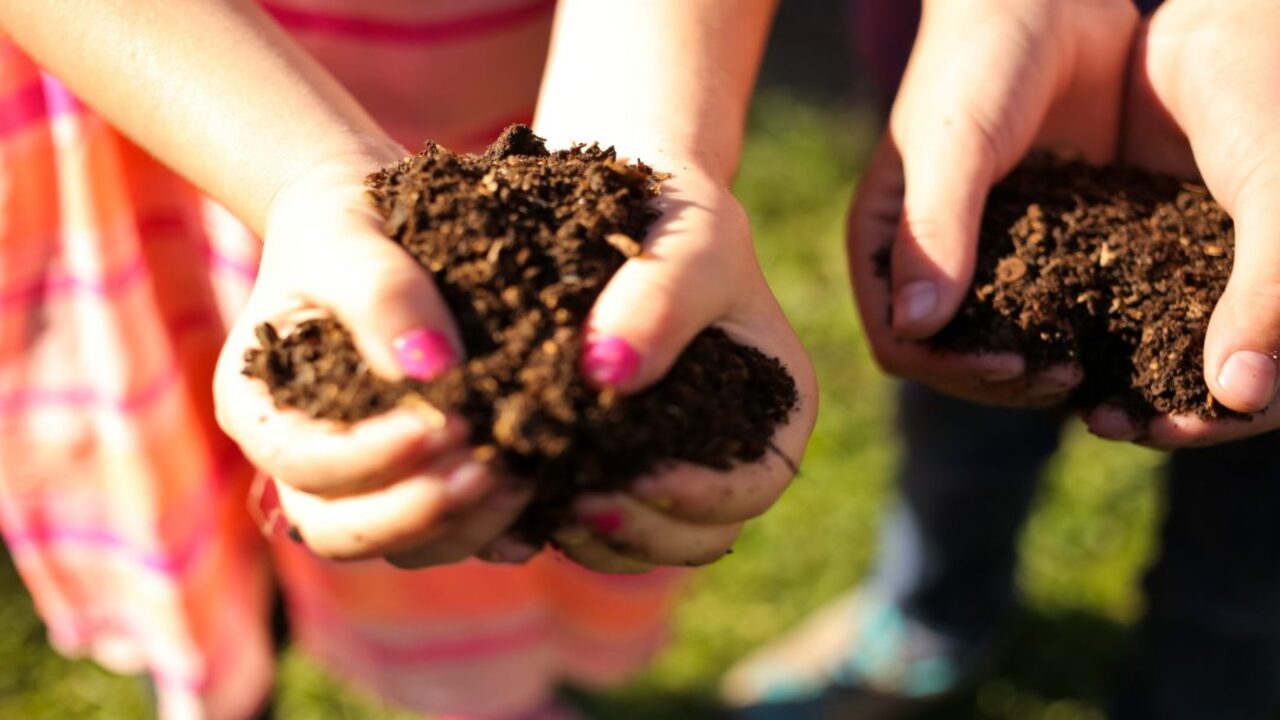
Composting for plants is an essential practice for any gardener or farmer. It involves decomposing organic matter into a nutrient-rich material that fertilises and enriches the soil.
This process can be done in various ways, such as using compost bins, worm composting, or even simply piling the organic matter in a designated area. The resulting compost is a rich source of nutrients that plants need to grow healthy and strong.
Once the composting process is complete, it’s time to harvest it. This involves sifting through the material to remove large chunks or debris that didn’t break down during composting. The remaining compost can then add to the soil around plants, providing them with the necessary nutrients to thrive. Using fully decomposed compost is essential to avoid any potential plant harm.
8. Use The Compost
Composting for plants is a great way to promote healthy and sustainable gardening practices. Using the compost we create, we can provide our plants with the nutrients and organic matter needed to grow and thrive.
Not only is composting an eco-friendly option, but it is also cost-effective and easy to implement. Composting involves decomposing organic materials such as food scraps, yard waste, and leaves, creating a nutrient-rich soil amendment that can add to gardens and potted plants.
One of the best ways to utilize the compost we create is to use it simply! Applying compost to the soil around plants and trees can help to improve soil structure, increase water retention, and promote healthy root growth.
Advanced Composting Techniques And Tips
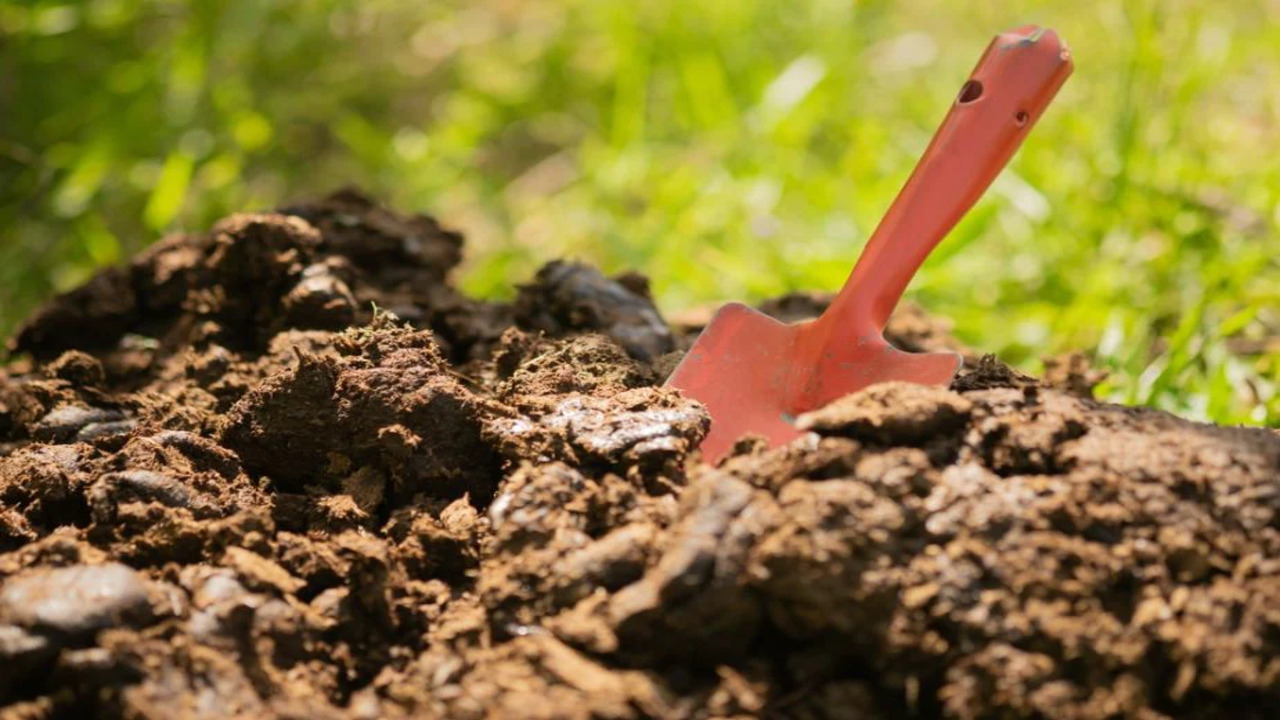
Composting for plants is a crucial element in maintaining a healthy garden. It is a process that involves the decomposition of organic matter into nutrient-rich soil. With advanced composting techniques and tips, you can improve the compost quality and increase your plants’ growth and yield.
One of the most effective techniques is to balance the carbon-to-nitrogen ratio of the compost materials. The ideal ratio is 30:1, which can achieve by mixing equal parts of green and brown materials. Green materials like grass clippings, kitchen scraps, and coffee grounds are high in nitrogen. In contrast, brown materials such as dried leaves, wood chips, and straws are high in carbon.
Conclusion
Composting is a simple and effective way to improve the health of your plants and the environment. Using organic waste materials and following the proper techniques can create a nutrient-rich soil amendment that supports strong root growth and healthy plant development.
With a little effort and patience, you can turn your kitchen scraps and yard waste into a valuable resource for your garden. Start composting today and reap the benefits of a more sustainable and thriving garden for years to come.
There you have it, folks. Composting for plants is a win-win situation. Not only are you reducing waste and helping the environment, but you’re also giving your plants the nutrients they need to thrive. You can turn your kitchen scraps and yard waste into a nutrient-rich soil amendment with some effort and patience.
FAQs
[rank_math_rich_snippet id=”s-aedc2cb8-cfec-45d6-8501-752acf92714c”]

I am passionate about home engineering. I specialize in designing, installing, and maintaining heating, ventilation, and air conditioning systems. My goal is to help people stay comfortable in their homes all year long.

